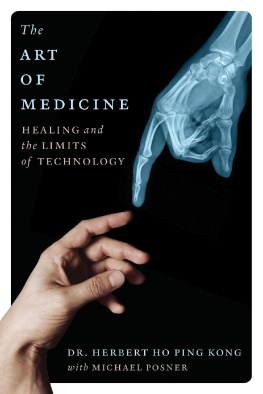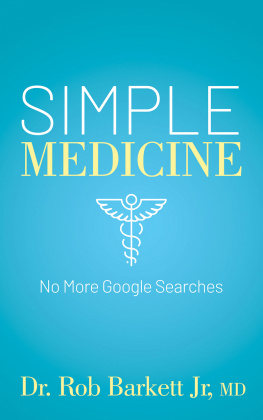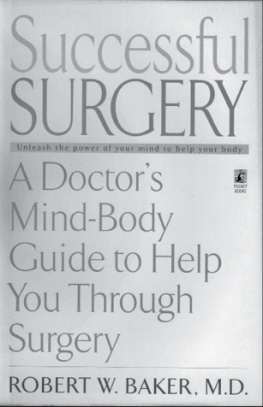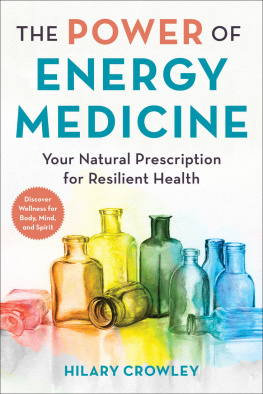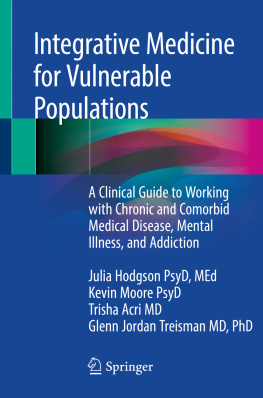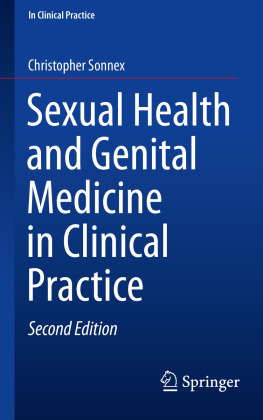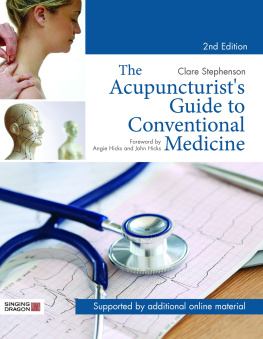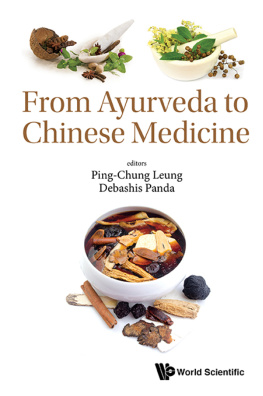
The
ART OF MEDICINE
HEALING and the LIMITS of TECHNOLOGY
DR. HERBERT HO PING KONG
with MICHAEL POSNER
ecw press

this book is dedicated to
The Ho Ping Kong Family:
Dr. Barbara Ho Ping Kong
Christine, Peter, Roger, Wayne, Cindy (children & their spouses)
Michael, Sarah, Abbe & Ian (grandchildren) and the thousands of patients, trainees and colleagues who inspired me to write this book.
we acknowledge the generous and dedicated support of:
The Honourable G. Raymond Chang
Chancellor Emeritus Ryerson University
Foundation Board Member for Education
University Health Network, Toronto
and the Centre for Excellence in Education and Practice (CEEP) at the University Health Network, Toronto Western Hospital
FOREWORD
THE RELATIONSHIP BETWEEN A PHYSICIAN and patient is truly multidimensional. Dr. Herbert Ho Ping Kong captures this important concept in the opening chapter of The Art of Medicine when he emphasizes the art of seeing, listening, human touch, empathy, advocacy, recognizing suffering and thinking outside the box. Then, in his remarkable style of clinical narrative, Dr. Ho Ping Kong proceeds to interweave patients stories with proverb, literary quotation and metaphor to illustrate the relevance of these arts as essential to effective medical practice.
Dr. Ho Ping Kong has dedicated his academic career to educating generations of students and residents in the art and science of internal medical practice. His influence has been indelible on all of us who have been privileged to work with him as trainees and clinical colleagues. I was thrilled to learn he was writing this book, which reflects not only Dr. Ho Ping Kongs unique teachings blending the art and science of medicine, but also the learning experiences of a number of our colleagues, some of them his former students, who share a passion for understanding the personal context of their patients.
One purpose of this book is to provide medical students, trainees and aspiring physicians with insight into the meaning of their profession beyond the acquisition of technical and diagnostic competencies. All too often as medical students graduate and enter very busy residency programs and ultimately their own practices, they are caught up in the constant pressures of focussing on diagnosing and treating disease. The person who confronts them with illness may become less important to the doctor who is constantly constrained by lack of time, inefficient health care systems, language or cultural barriers to name only a few challenges of daily practice.
Yet the challenge of seeing beyond the disease to the illness that affects a person is often of critical importance in making the right diagnosis and choosing the most effective therapeutic interventions. The mutual satisfaction of developing a relationship built on trust and respect experienced by both physician and patient underpins the most meaningful aspect of medical practice and the art of healing. Of particular interest, illustrated in this inspiring text, is that generalist and specialist practitioners describe the same approaches to the art of medicine, implying its universality.
Dr. Ho Ping Kong has created a rare window of opportunity for his colleagues to express their deepest held thoughts and beliefs about why and how they practise the art of medicine. These mini essays, interwoven through the text, provide other perspectives on the art of medicine, by physicians of diverse specialties. As Dr. Peter Singer says, communication and sensitivity can be taught to medical students. Leadership and judgment are perhaps more readily acquired through mentorship and role modelling as exemplified by Dr. Ho Ping Kong.
But this is not only a book for the medical community. Ordinary consumers users of the health care system will glean many insights from the analysis of his cases and his views on the critical nexus of technology and patient-centred medicine.
On behalf of all who read and are inspired by this book, I sincerely thank the contributors, and Dr. Ho Ping Kong in particular, for sharing their wisdom and knowledge about the art of medicine an enduring lesson for all of us.
Catharine Whiteside, M.D., Ph.D.
Dean of Medicine
University of Toronto
February 2014
FOREWORD
WHAT IS THE ART OF medicine? It is a concept which is often hard to define, but which is easy to recognize. In his daily clinical practice as a general internist, Dr. Ho Ping Kong (HPK) embodies this art. I am one of his junior colleagues in the Division of General Internal Medicine and have had many opportunities to observe him and to learn from him. As someone with a graduate degree in the social sciences, I sought to explore and understand the different components of the art of medicine, and to make concrete the ineffable qualities that HPK incarnates as a clinician. In this foreword, I will share some of the components of this evanescent art. Paradoxically, one of the ways in which I came to think about the art of medicine was to invert the phrase itself and to put forward a new trope to define our roles as clinicians: the physician-as-artist. I suggest that as health care providers who practise the art of medicine, we are not simply automatons who implement algorithms. Undoubtedly, we must integrate our knowledge about medical sciences into our practices. But the concept of physician-as-artist forces us to recognize, teach and account for all of the other aspects of our clinical work that HPK intuitively knows and demonstrates. Through this trope, I will describe how the art of medicine encompasses and celebrates practitioners who are creative, imaginative, responsive and compassionate.
The physician-as-artist is CREATIVE and IMAGINATIVE . Physicians must learn to think laterally to think outside the box as well as within it. Creative thinking engenders novel therapies and novel health care delivery solutions. Physicians think creatively when trying to elucidate a diagnosis in a patient who has a disparate constellation of symptoms. We think creatively when we challenge the status quo and innovate whether in clinical care, clinical education or health systems reform. The physician-as-artist is also able to imagine herself as a patient, just as an actor in the Royal Shakespeare Company may don Prosperos robe and imagine himself as a magician. What is it like to be hospitalized, to be immobilized, to be confused or to be in pain? How does a patients particular cultural, personal, social or family history influence their illness experience?
The physician-as-artist is AWARE and RESPONSIVE . As physicians, we should be sensitive and perceptive to our own surroundings and to those of our patients. We should recognize and respond to the physical, the emotional and psychological well-being of our patients. This multidimensional model of health is a characteristic that HPK exemplifies and promotes. I suspect that it is one of the reasons why his patients seek to visit him routinely even when they are no longer ailing. He always asks questions about life beyond the physical illness about families, jobs, travels, joys and sorrows.
The physician-as-artist is AFFECTIVE and EMBODIED . A physician has emotions. Most health care practitioners can recall difficult, frustrating, saddening or fulfilling encounters with patients or their families. To invoke an idea described by my friend and scholarly mentor, social scientist Natasha Myers, we must recognize that we move with and are moved by our patients. Furthermore, during medical school and residency, we entrain our bodies in addition to our minds. Although this process is most obvious for surgeons who learn the physical skills of cutting and suturing, it applies similarly to internists. Just as an artist articulates her senses or learns her physical craft, physicians learn procedures, train our ears to distinguish heart sounds and our hands to discern masses or nodes. Physicians should not be emotionally disengaged and disembodied scientific minds. We must pay attention to our own emotions, senses and physicalities in order to attend to those of our patients.

